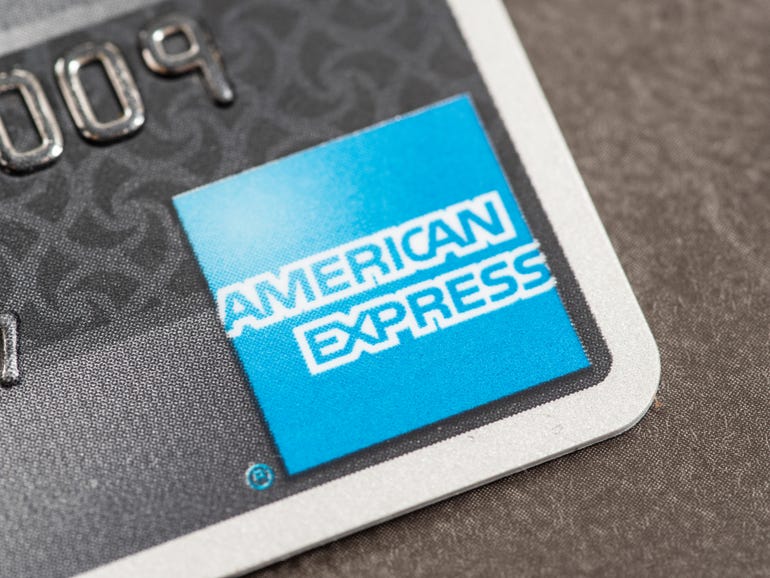
If you carry an American Express credit card, you probably already know the drill. Once you’re done shopping and ready to make a purchase, you approach the checkout counter at some random store. But instead of swiping your favorite AmEx card, you catch a peek of the one sign you didn’t want to see: “American Express not accepted.”
This is an unfortunate scenario, and it’s one that plays out time and time again. Due to high American Express merchant fees, many retailers cannot — or will not — accept American Express as payment. Keep reading to learn more about the way American Express operates and how you can avoid a letdown at the register.
What’s the deal with American Express merchant fees?
Before we talk about alternative payment options, let’s talk about why many retailers don’t take Amex in the first place. As with anything else, all you have to do is follow the money to understand this phenomenon.
Where most other card issuers charge retailers a 1.5% to 2% transaction fee on each bill in exchange for accepting credit cards as payment, American Express merchant fees are more like 2.5% to 3%. While that might not sound like a huge difference, it adds up. A store that survives on razor-thin markups can’t afford to lose an extra percent of profit margin, while a large retailer that does hundreds of thousands of dollars in sales every day or every week stands to lose a tremendous amount of money if they’re routinely paying Amex merchant fees.
Also: The Platinum Card® from American Express review
Many retailers have chosen not to accept American Express altogether with that in mind. They assume that most consumers have another form of payment they can use anyway — and, most of the time, they’re right.
At this point, you’re probably wondering how and why American Express charges a higher transaction fee. It all boils down to their business model, how they earn profits, and the type of customer they serve.
Many credit card issuers earn most of their profits when consumers pay interest on their balances. American Express, however, pegs its earnings on the annual fees their clients pay, along with swipe fees paid by retailers. In addition, American Express offers a wide range of charge cards that don’t even allow consumers to carry a balance from month to month. With charge cards, swipe fees and annual fees are the only feasible way for card issuers to turn a profit.
Should you get an American Express credit card?
While not all retailers and merchants accept American Express, there’s a reason they remain so popular among consumers. You can still benefit from having the right Amex card in your wallet.
For example, with the Blue Cash Preferred® Card from American Express, you can earn 6% back on your first $6,000 in U.S. supermarket purchases every year, then 1% afterward. This card does charge a $95 annual fee (waived the first year), but you can make up for that in a hurry with such a high rate of return on your grocery spending. Plus, this card comes with a welcome bonus to boot.
Also: American Express® Business Gold Card review
And if you don’t want to pay an annual fee(see Rates & Fees), you can always apply for the Blue Cash Everyday® Card from American Express instead. You’ll escape the annual fee with this one, but you’ll still get 3% back on your first $6,000 in U.S. supermarket spending every year, along with 2% back at US gas stations and at select US department stores and 1% back on everything else.
In addition to these cards, American Express offers an array of top-notch travel credit cards and rewards cards for business and personal use. But it’s still wise to have a backup plan if you’re stuck at the register.
[This article was first published on The Simple Dollar in 2020. It was updated in March, 2022.]




















